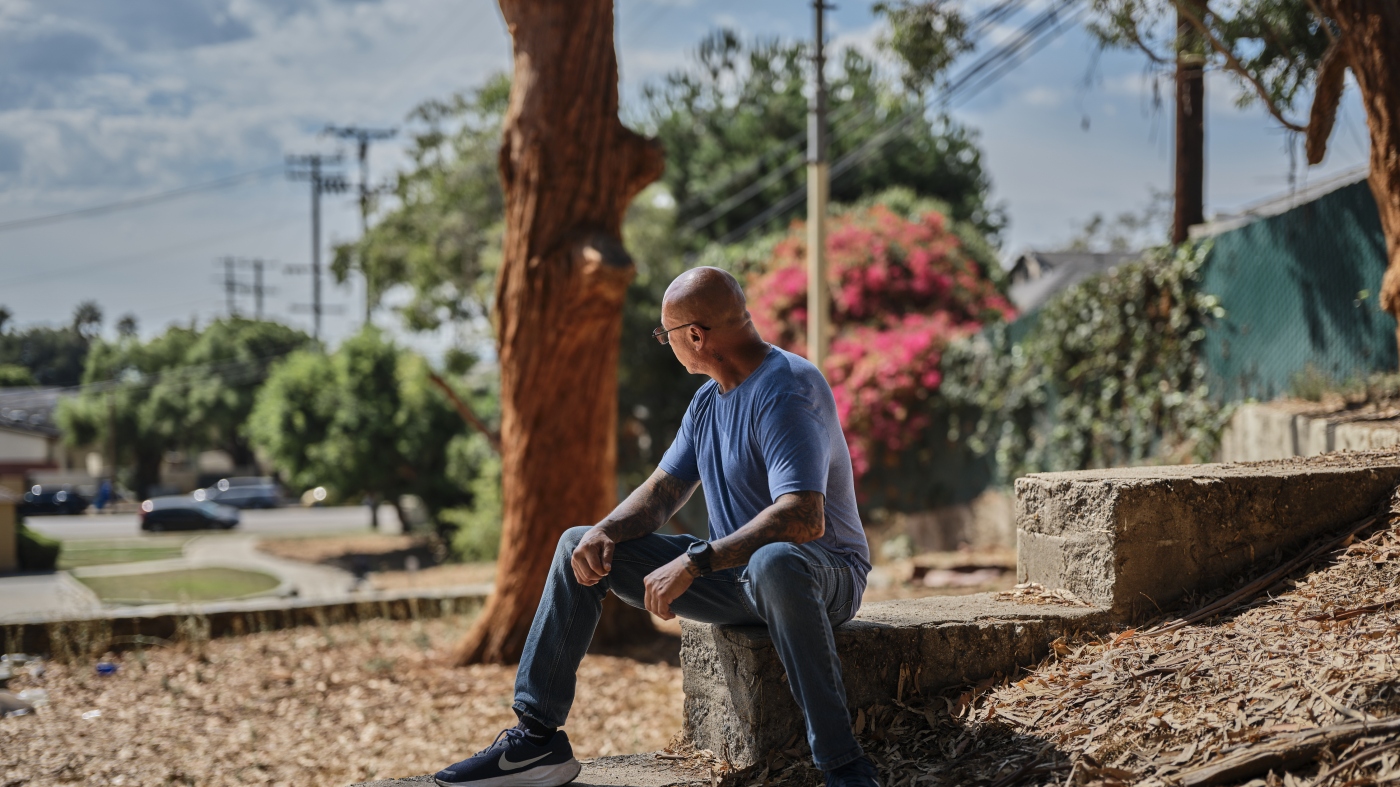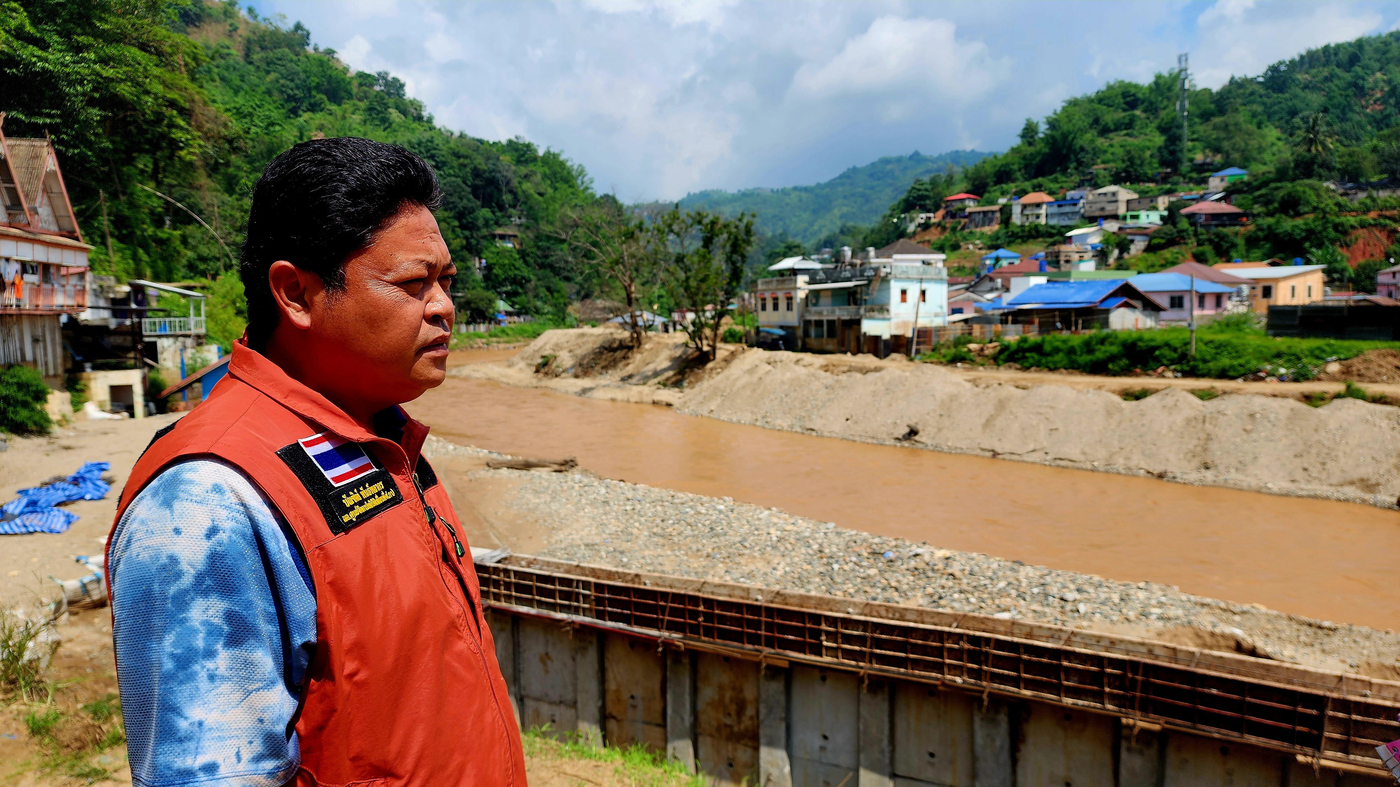Sea lions are released after toxic algae bloom in California : The Picture Show Marine mammal researchers are investigating how sea lions were affected by the longest toxic algal bloom on record off the coast of Southern California. Some sea lions are now being released back into the wild.
Sea lions return home after toxic algae exposure

Patchouli is one of the last sea lions released from the Marine Mammal Care Center after a toxic algae bloom in Southern California. Courtney Theophin/NPR hide caption
toggle caption
Courtney Theophin/NPR
This spring, Southern California experienced one of the longest toxic algal blooms on record. It sickened at least 1,500 animals in the region and the Marine Mammal Care Center in San Pedro, Calif., took in nearly 400 sea lions and dolphins in just a few months.
On a recent Monday, NPR's All Things Considered visited an empty beach in Palos Verdes to witness the release of one of the center's very last sea lion patients from this year's outbreak. Patchouli was waiting in a crate on the back of a truck and as her handlers carefully rolled her crate down a ramp, it bounced on its big moon-rover-like wheels. Then, it was go time — and as soon as they opened the crate's door, Patchouli slid out onto the smooth rocks of the beach and waddled swiftly back into the waves.

Staff at the Marine Mammal Care Center in San Pedro, Calif., prepare to release Patchouli from her crate so she could return to the wild after being in their care. Courtney Theophin/NPR hide caption
toggle caption
Courtney Theophin/NPR

Patchouli was one of the nearly 400 animals the center took in following the algae bloom earlier this year. Courtney Theophin/NPR hide caption
toggle caption
Courtney Theophin/NPR
Meanwhile, back at the Marine Mammal Care Center, the scientific detective work is about to begin. Not all the animals sickened by this year's algal bloom survived. In an effort to learn from their deaths, the center took all sorts of samples from the poisoned animals: brains, blubber, blood, even amniotic fluid.
Now, they will work with their scientific partners to determine how the toxin affected the animals, and in some cases, their gestating young. And they will investigate whether runoff from the January wildfires has affected the animals.

The Marine Mammal Care Center treats seals and sea lions until they can be released back into the wild. Courtney Theophin/NPR hide caption
toggle caption
Courtney Theophin/NPR

Michelle Rivard, the center's director of animal health and conservation, performs an ultrasound on a sea lion who is recovering from poisoning caused by the toxic algae. Courtney Theophin/NPR hide caption
toggle caption
Courtney Theophin/NPR

The center saved samples of blubber, organs and fetuses from animals that died to study how domoic acid, the toxin produced by these algal blooms, affected reproduction and whether wildfire runoff had an impact. Courtney Theophin/NPR hide caption
toggle caption
Courtney Theophin/NPR

The center has cared for nearly 10,000 marine mammals since 1992. Courtney Theophin/NPR hide caption
toggle caption
Courtney Theophin/NPR

 3 months ago
37
3 months ago
37














































